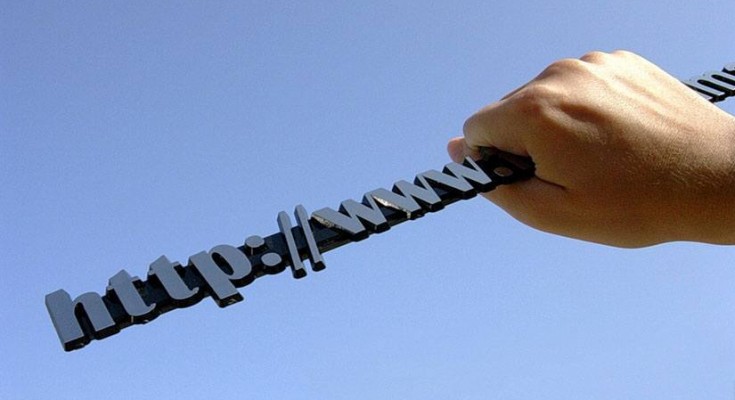Jeffrey is the co-founder of Saw.com, focusing on domain sales and acquisitions. Visit www.Saw.com if you want to purchase a domain.

You have chosen your company name. It’s short, easy to spell, completely captures the essence of your company, and will undoubtedly boost your customer reach. So your job here is done, right? Sadly, no. While you have taken the first step toward creating your brand, you will need to think of a strategy to protect it as well. Companies that walk away at this stage are taking a huge risk when it comes to their brand’s future. Here are some tips on how to take the next step:
Picture this: Your company, Top Tools, is looking for a domain name for its website, and you want to source the best available one. You do your research and find out that “toptools.com” is outside of your allocated budget, so to save the company money, you opt for “TryTopTools.com,” which is available for less. While this suits your purposes for a while, you soon find that as your company’s popularity grows, so does the number of customers that end up going to the wrong site when trying to find you. And that’s not to mention the thousands of misdirected emails. In time, another company has acquired the prime domain, “TopTools.com,” and with it your search engine rankings and most of your web traffic. Was the initial savings really worth it?
Now, what do you do?
You learn from your mistake and finally manage to purchase “TopTools.com.” Your business explodes in popularity even further, boosting your brand to new heights. But soon you see companies working in the same field snatching up domains that look surprisingly similar to your own. You find “topstools.com,” “topptools.com,” “toptool.com” and more being snatched up. What happens if someone who registers one of these domains starts sending emails pretending to be “TopTools.com”?
To avoid this problem, brainstorm domain names that are comparable to or could be mistaken for your own, and then acquire them and forward them to your main site. Don’t believe it? With the recent increase in popularity of videoconferencing company Zoom, which uses “zoom.us” as its primary domain name, “zoomus.com,” a marketing firm, has been inundated with phone calls and emails despite not being associated with the videoconferencing firm. Try seeing how many O’s you put in Google before you get to someone who is directing their traffic elsewhere. It does not take many. Important things to look out for are different spellings of the same words (“color” and “colour”) or both the digit and the word forms of numbers (zero, 0). My company is called Saw.com, and even I was quickly offered domains like “sawdomains.com,” “sawdomainnames.com” and “SawBrokers.com” the moment we launched our business.
It always leaves me scratching my head when a company calls itself one thing, but its domain name is another. When you go to said domain, it is for sale for just a couple of thousand dollars. How many lost customers will it take before that investment breaks even?
Look Into Alternative Extensions
There are almost countless different domain extensions to choose from when searching for the right domain; “.com” is by far the most popular extension, with more than 147 million registered domains, followed by “.TK” with 25 million, the Chinese extension “.Cn” with 23.6 million, and Germany’s “.De” at 16.4 million. Next are “.net” with 13.4 million and “.uk” and “.org” with less than 12 million each.
It is a good idea to evaluate where your organization will be offering its services. Based on that, evaluate the costs of some of the alternatives. Often these can be purchased for a fraction of the price, and linking them to your .com website will further protect your brand. On the other end of the spectrum, the least popular extensions range from the useful (“.inc,””.law,””.work”) to the amusing, odd and downright offensive (“.sucks”).
Get A Consultation
Any domain broker who is worth their salt could look at your domain and immediately tell you the most obvious places where you are at risk, what you can do to protect yourself, and if it is worth the investment. It does not hurt to get a free consultation, but it will hurt if you lose valuable traffic.
Remember, your domain name is your digital front door to the world. But anyone can put up their own digital front doors next to yours, costing you customers and your reputation. Protect your business and your domains, and build your digital fortress.
Source: (https://www.forbes.com/)





















